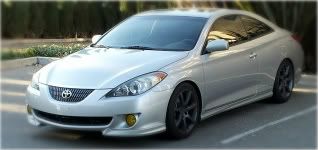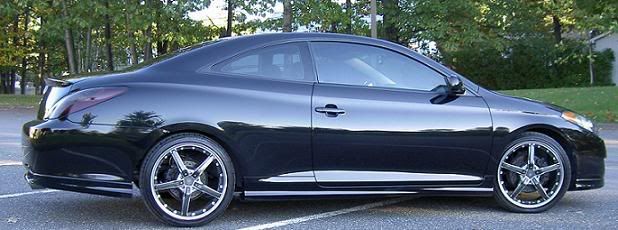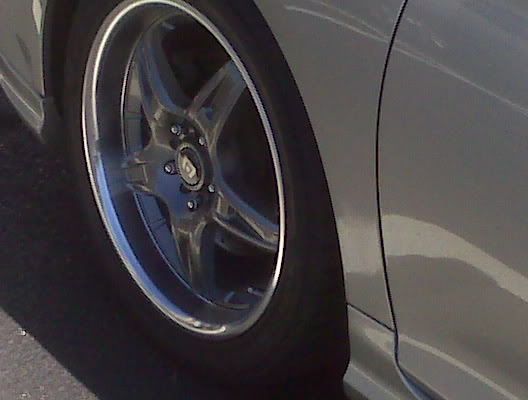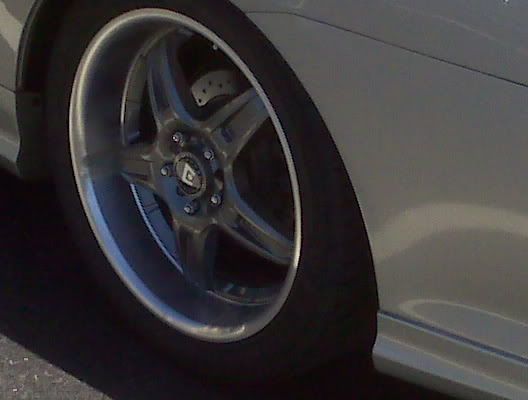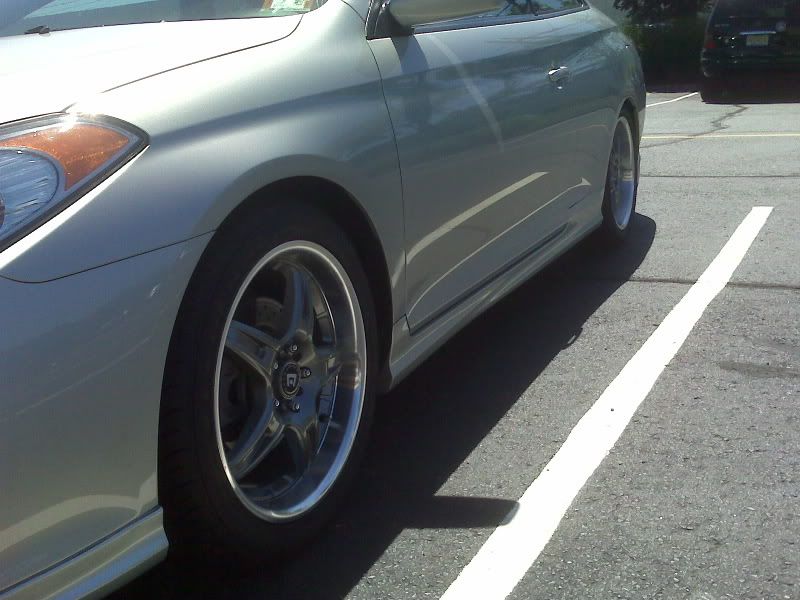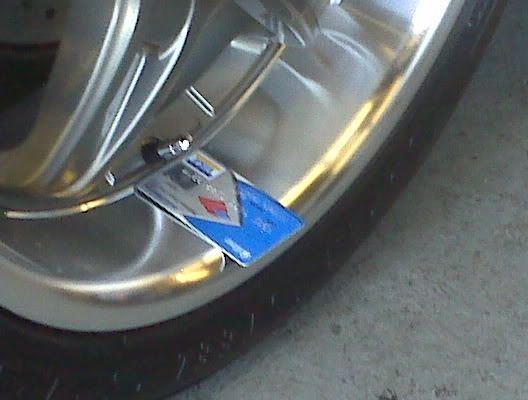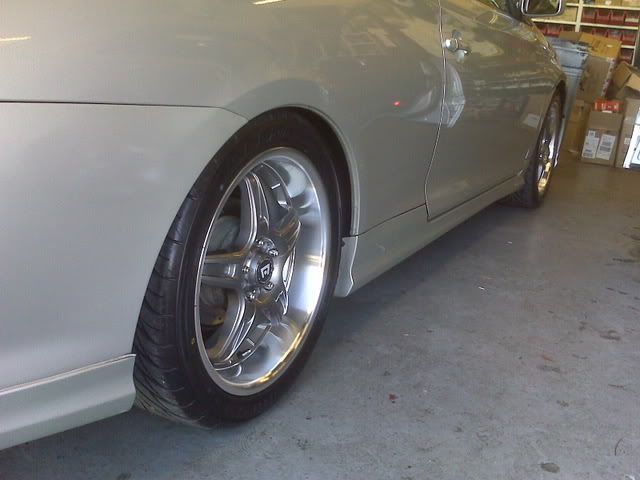crispone wrote:RADIUS OF GYRATING MASS.
First, simple MASS. This is the WEIGHT of the rim on a scale. But WAIT... that is only HALF of the equation. The OTHER consideration is WHERE that mass is being carried in any given rim design. The CLOSER to the HUB the mass is CENTERED, the BETTER. More mass on the perimeter requires MORE torque to accelerate.
Another way to put it... you can have rims of the SAME WEIGHT net very different results.
When you get LARGER rims, EVEN if they are the same or similar to a smaller rims TOTAL WEIGHT, the outer ring, which is a METAL CYLINDER of material VERY NEAR THE FARTHEST DISTANCE from the center, or hub of the gyration, is MUCH heavier than the incremental SIDEWALL height (hollow inside) at that same diameter, or radius from the hub. Look at drag racing vehicles, small rims, with TALL SIDEWALLS! Less mass to "spool up", if you will.
Nope, if you want to handle better and accelerate quicker, get moderate or smaller diameter rims, and/or select one's that place as LITTLE MASS on the farthest radius from the hub. (While maintaining their strength, of course...) They will ride better, and have better foul weather traction, as well.
Just some thoughts...
(NOTE: I wear 17x8 OZ Nova's, and am VERY pleased with these, shod with 235/50/17 BS Potenza RE960AS Pole Positions, great in rain with quiet ride.)
-crisp



